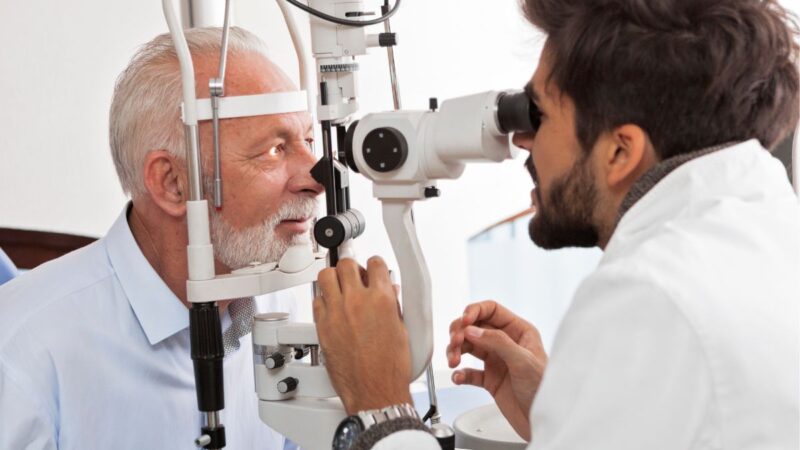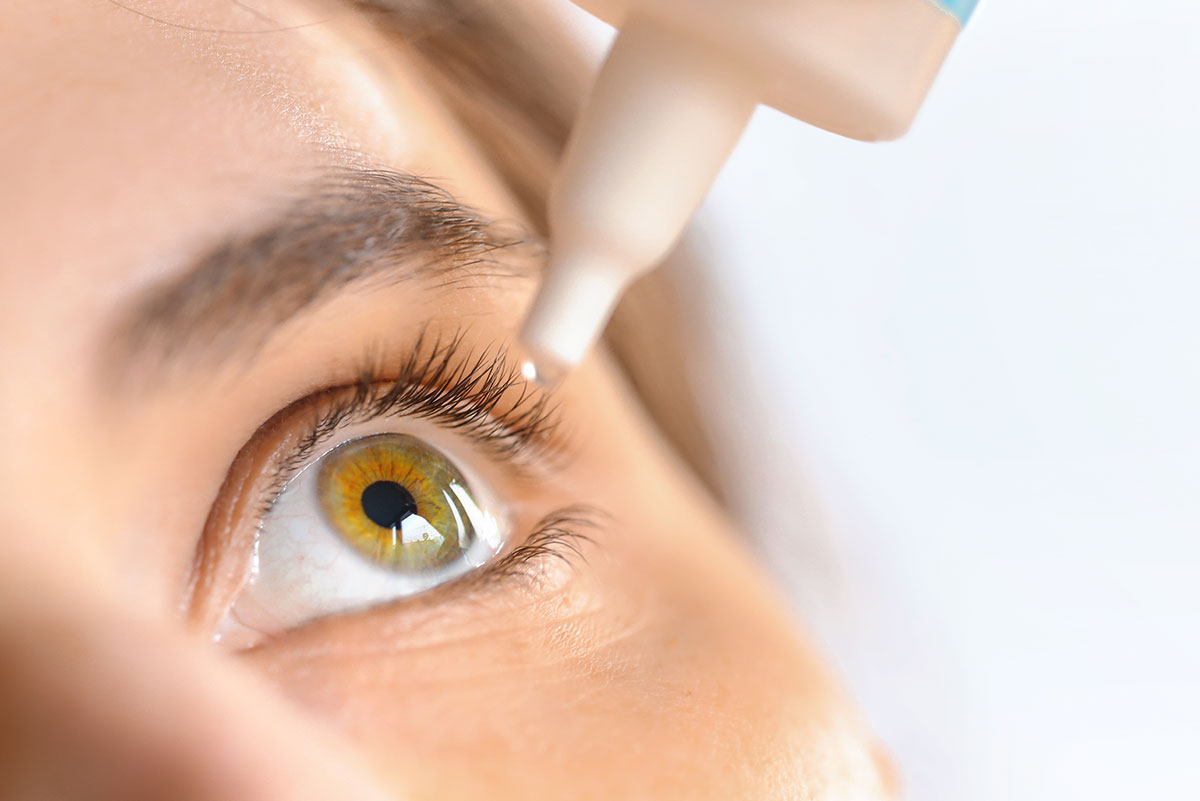Find a Neurologist in Andalusia: Specialized Clinics and Treatment Providers
Find a Neurologist in Andalusia: Specialized Clinics and Treatment Providers
Blog Article
The Full Break Down of Retina Disorders and Just How They Impact Your Vision
Retina disorders can interrupt this delicate procedure, leading to a range of vision impairments. By checking out the makeup of the retina, typical conditions that can impact it, their reasons, signs, and readily available therapy choices, we can acquire beneficial understandings into protecting and safeguarding our vision.
Introduction of Retina Makeup
The elaborate structure of the retina functions as the structure for aesthetic assumption and plays a critical function in the process of transforming light into neural signals for the mind to translate. Situated at the back of the eye, the retina contains several layers that collaborate flawlessly to assist in vision. At the core of this complex framework are photoreceptor cells referred to as cones and poles. Poles are accountable for vision in low light conditions and spotting motion, while cones are necessary for shade vision and comprehensive aesthetic skill. These photoreceptor cells convert light energy right into electrical signals that are then processed by other retinal cells, such as bipolar cells and ganglion cells. The bipolar cells beam from the photoreceptors to the ganglion cells, which subsequently send out these signals with the optic nerve to the mind for visual handling. Recognizing the intricate makeup of the retina is fundamental in comprehending exactly how vision features and how numerous retina disorders can affect visual understanding.

Usual Retina Disorders
Retina problems incorporate a variety of problems that affect the complex framework of the eye in charge of visual processing. One common condition is age-related macular degeneration (AMD), a leading source of vision loss in individuals over 50. AMD impacts the macula, a component of the retina critical for sharp central vision, resulting in blurriness or unseen areas in the central visual field.
An additional common problem is diabetic retinopathy, happening in people with diabetic issues. High blood sugar levels damage the capillary in the retina, leading to vision disability or blindness if left neglected. Retinal detachment is a major condition where the retina retreats from its normal placement, triggering an abrupt start of advances, flashes of light, or loss of vision in a curtain-like pattern.
Last but not least, retinitis pigmentosa is a group of congenital diseases that cause the failure and loss of cells in the retina, causing night blindness and a progressive narrowing of the aesthetic field - eye center andalusia. Comprehending these common retina conditions is crucial in preserving vision and seeking prompt clinical treatment
Reasons For Retina Disorders
Various elements add to the growth of retina disorders, consisting of genetic proneness, lifestyle options, and underlying wellness problems. Genetic predispositions play a substantial role in several retina disorders, such as retinitis pigmentosa and macular degeneration. Individuals with a family members history of these problems are at a greater risk of establishing them due to inherited genetic anomalies affecting the retina's feature.
Way of life read what he said selections can also impact retina health. Smoking, as an example, has been connected to a raised threat of age-related macular degeneration, an usual retina condition that can lead to vision loss. Poor nutritional behaviors lacking his explanation important nutrients like vitamins A, C, and E, along with omega-3 fatty acids, can likewise add to the advancement of retina problems.
Diabetic retinopathy, a difficulty of diabetic issues, can trigger damages to the blood vessels in the retina, leading to vision impairment. High blood pressure can result in hypertensive retinopathy, where high blood stress influences the blood vessels in the retina, possibly causing vision troubles.
Symptoms and Medical Diagnosis
Given the significant influence that causes such as genetic predispositions, lifestyle selections, and underlying wellness problems can have on the growth of retina problems, it is vital to recognize the signs and symptoms and make use of effective diagnostic techniques for early discovery and monitoring. Signs and symptoms of retina conditions can differ depending on the particular problem but might include obscured or distorted vision, the unexpected look of drifters or flashes of light, a dark place in the facility of your vision, or a steady loss of main vision. It is crucial to look for instant medical interest. if you experience any of these signs and symptoms.
Diagnosing retina conditions normally involves a thorough eye evaluation, which might include aesthetic skill examinations, dilated eye tests, optical coherence tomography (OCT), fluorescein angiography, or various other imaging tests. Your eye treatment provider might additionally ask about your clinical history and any family background of eye conditions. Early detection through regular eye examinations is key to avoid vision loss and handling retina conditions efficiently. If diagnosed with a retina disorder, your health care copyright will work with you to establish a customized treatment plan to preserve your vision.

Therapy Choices and Management
Effective monitoring of retina disorders entails a complex method that incorporates tailored therapy alternatives to resolve certain problems and protect visual feature. Treatment choices for retina disorders vary depending on the underlying reason and seriousness of the condition. In situations of retinal detachment, medical interventions such as vitrectomy or scleral fastening may be required to protect against and reattach the retina vision loss. For problems like age-related macular degeneration (AMD), therapies like anti-VEGF injections or laser treatment can help decrease illness progression and maintain continuing to be vision.
Routine eye examinations and early detection of retina problems are crucial for effective monitoring and therapy outcomes. Patients with retina problems must work very closely with their ophthalmologist to develop a tailored treatment strategy that resolves their particular demands and helps maintain optimal aesthetic function.
Conclusion
To conclude, recognizing the anatomy of the retina, typical conditions, triggers, signs and symptoms, medical diagnosis, and treatment options is important in managing vision problems. Retina problems try this out can dramatically impact vision and high quality of life, making early detection and correct management necessary. By staying educated regarding these conditions and looking for ideal healthcare, individuals can better protect their vision and preserve total eye health and wellness.

Recognizing the complex makeup of the retina is basic in comprehending how vision features and exactly how numerous retina disorders can influence aesthetic perception.
Retinal detachment is a significant problem where the retina draws away from its normal setting, creating a sudden onset of advances, flashes of light, or loss of vision in a curtain-like pattern.
Signs and symptoms of retina disorders can vary depending on the certain problem however might include obscured or distorted vision, the unexpected look of floaters or flashes of light, a dark area in the facility of your vision, or a steady loss of main vision.In verdict, understanding the composition of the retina, usual disorders, creates, symptoms, diagnosis, and treatment options is critical in managing vision impairments.
Report this page